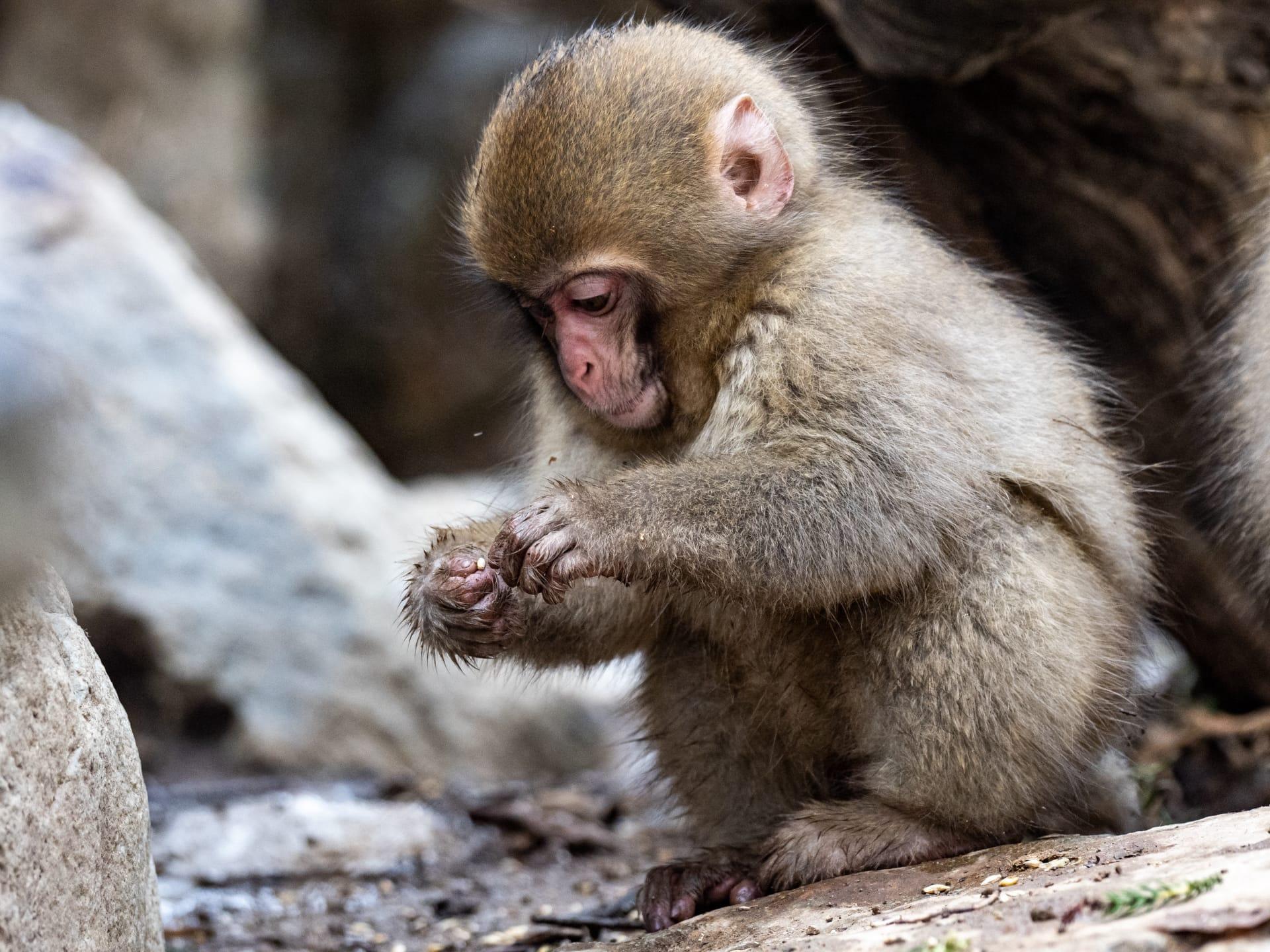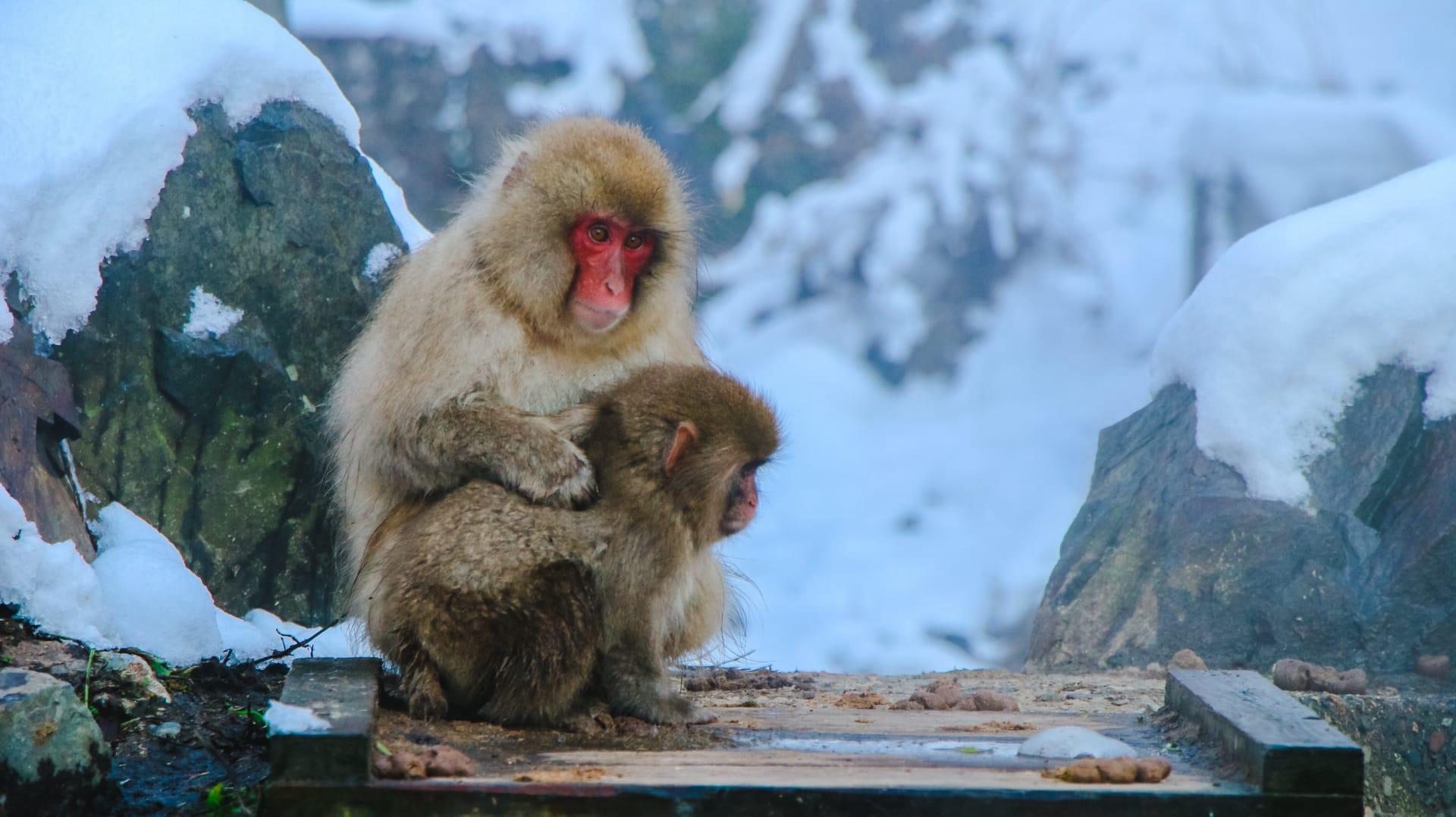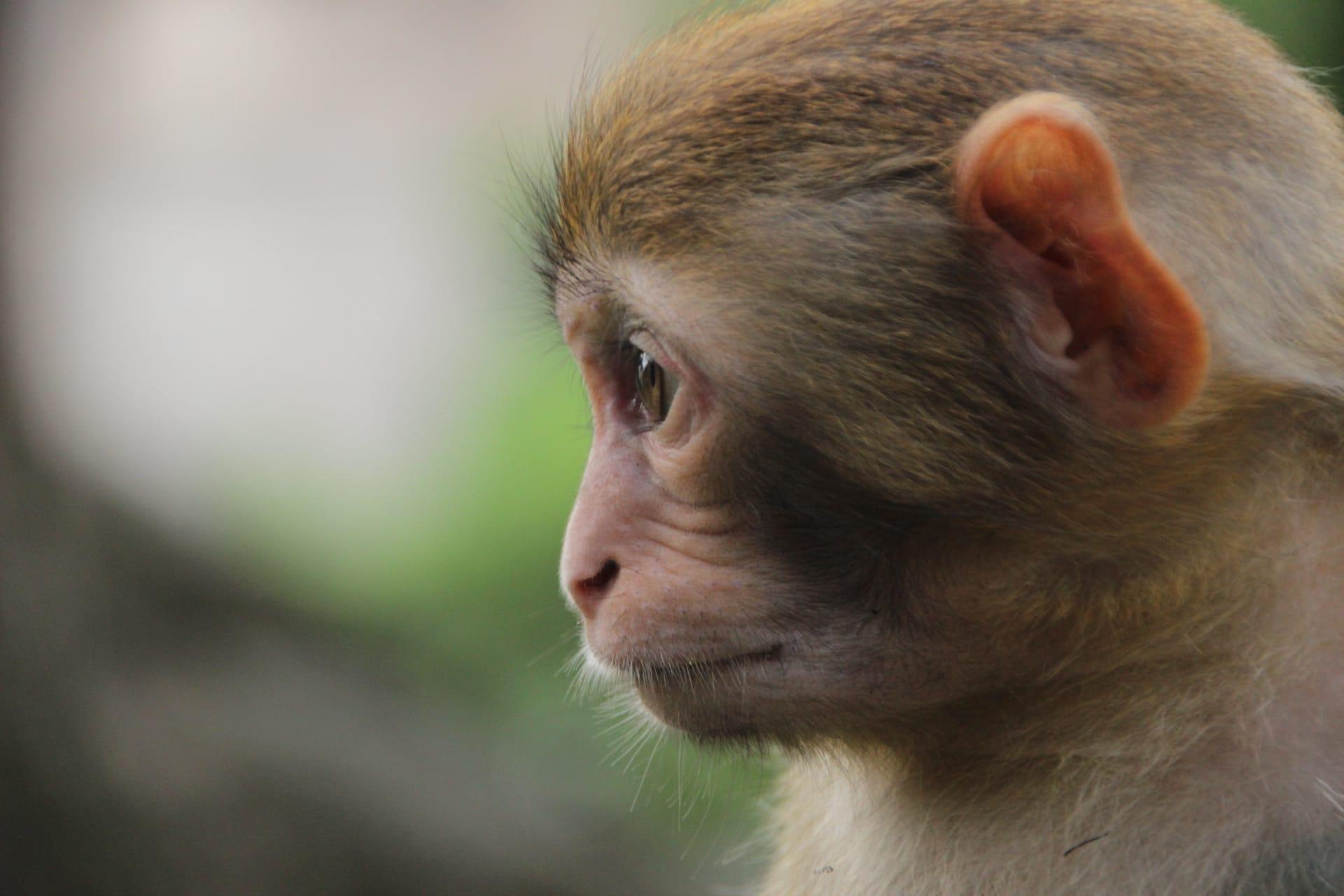Monkey
- Home /
- Mini Encyclopedia /
- Animal /
- Monkey
1
Monkeys, a diverse group of primates, are broadly categorized into two distinct families: Cercopithecidae, commonly known as Old World monkeys, and Callitrichidae and Cebidae, which make up New World monkeys. Old World monkeys are found primarily in Africa and Asia, and are distinguished by their downward-facing nostrils. They include species like the rhesus macaque and the mandrill. New World monkeys, on the other hand, inhabit South and Central America and are characterized by their prehensile tails, an adaptation not found in their Old World counterparts. Examples include the spider monkey and the capuchin monkey.
Regarding their global distribution, monkeys are remarkably adaptable and inhabit a wide range of environments. In Africa, species like the vervet monkey and the baboon are widespread, thriving in savannas, forests, and even urban areas. Asia is home to several species, such as the Japanese macaque, known for its ability to survive in snowy regions, and the proboscis monkey, native to Borneo's mangroves. South and Central American rainforests are the bastions for New World monkeys, where they play crucial roles in the ecosystem, such as seed dispersal.

2
Question: Do monkeys eat bananas in the wild?
Answer: This is a common misconception. While monkeys can and do eat fruit, including bananas, their wild diet is far more diverse and not heavily reliant on bananas. In their natural habitat, monkeys consume a varied diet consisting of leaves, flowers, fruits, insects, and sometimes small animals. The image of monkeys eating bananas is largely due to their exposure to bananas as a food source in captivity or in areas where humans have introduced this non-native fruit.

3
Monkeys exhibit a range of survival strategies that are as varied as their habitats. One key strategy is their social structure. Many species live in complex social groups that provide protection against predators, assistance in raising young, and more efficient foraging. For example, the gelada monkeys in Ethiopia form units known as 'harems,' consisting of a dominant male and multiple females and their offspring. These groups come together to form large bands for foraging and protection.
Another survival strategy is their adaptability in diet and habitat. Monkeys are often omnivores, allowing them to exploit a variety of food sources. The capuchin monkeys in South America, for instance, have a diet that includes fruits, insects, and even small vertebrates. This dietary flexibility enables them to inhabit diverse environments, from rainforests to mountainous regions. Additionally, some species, like the Barbary macaques of North Africa, show remarkable adaptability to colder climates, a rarity among primates.

4
In the ecosystem, monkeys play several pivotal roles. As seed dispersers, they are crucial in maintaining the health and spread of their habitats' flora. By consuming fruits and excreting the seeds in different locations, they facilitate the growth of new plants, thus aiding in forest regeneration and biodiversity. This role is particularly vital in tropical rainforests, where flora depends heavily on animals for seed dispersal.
Monkeys also serve as both predator and prey in their ecosystems. Their diet often includes various insects, helping to control insect populations. As prey, they are integral to the food chain, supporting predators like big cats, birds of prey, and snakes. This predator-prey dynamic helps maintain a balanced ecosystem. Additionally, their social interactions and mobility contribute to the aeration and nutrient distribution in the soil, further supporting plant growth.

5
Film: "Monkey Kingdom" is a documentary produced by Disneynature, released in 2015 in the United States. It showcases the life of a troop of toque macaques in the ancient ruins in the jungles of Polonnaruwa, Sri Lanka. The film focuses on a female macaque named Maya and her journey through the complex social hierarchy of her troop.
Book: "The Monkey's Voyage" by Alan de Queiroz, published in 2014 in the United States, explores the fascinating theory of how monkeys might have crossed oceans to populate different continents. This book combines evolutionary biology with historical geology to provide a compelling narrative about the spread and adaptation of various species, including monkeys.
Book: "Behave: The Biology of Humans at Our Best and Worst" by Robert M. Sapolsky, published in 2017 in the United States. While not exclusively about monkeys, this book delves into the behavior of primates, including monkeys, to explain human behaviors. Sapolsky, a renowned neuroendocrinologist, draws on his extensive research with baboons and other primates to offer insights into the biological underpinnings of our actions.